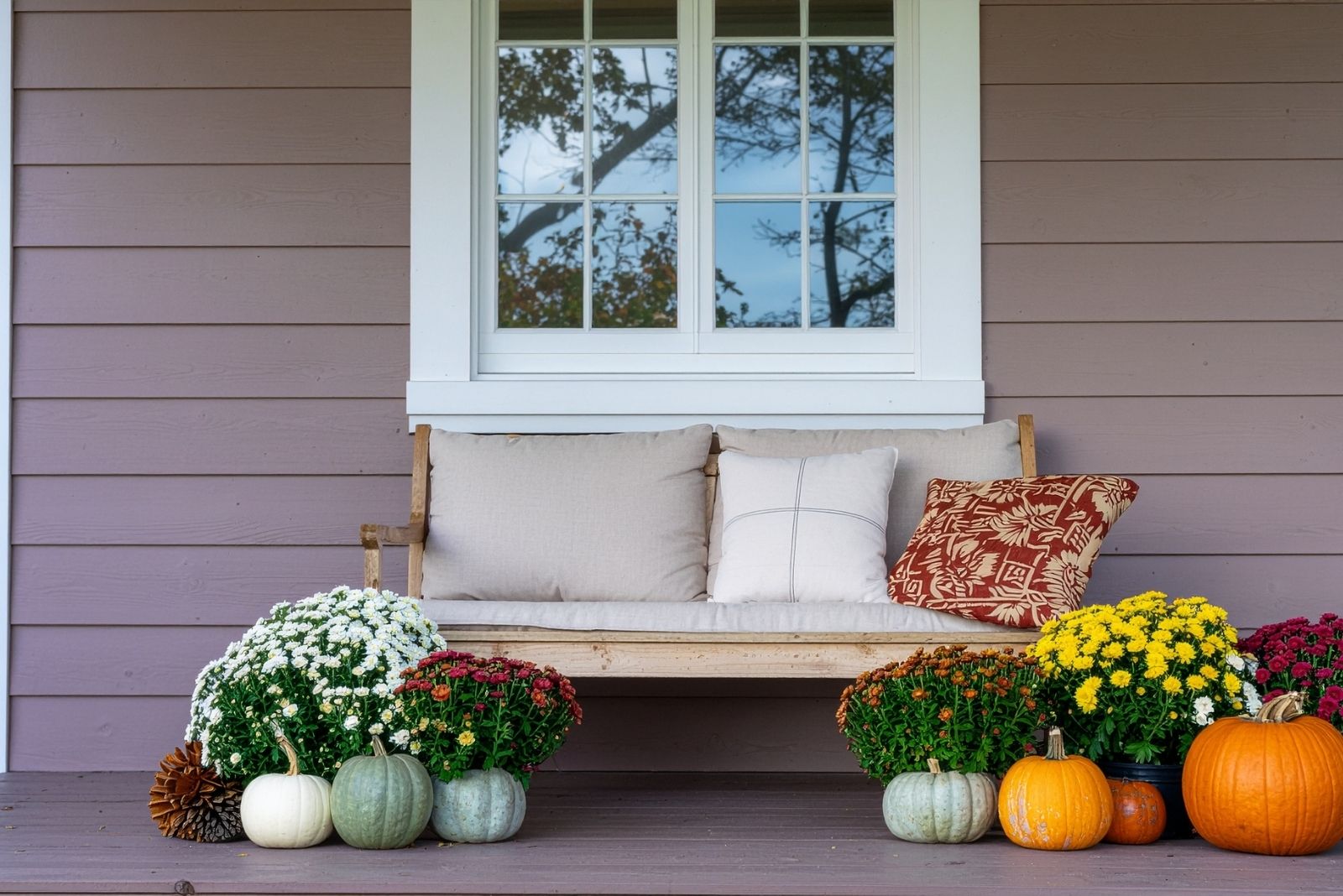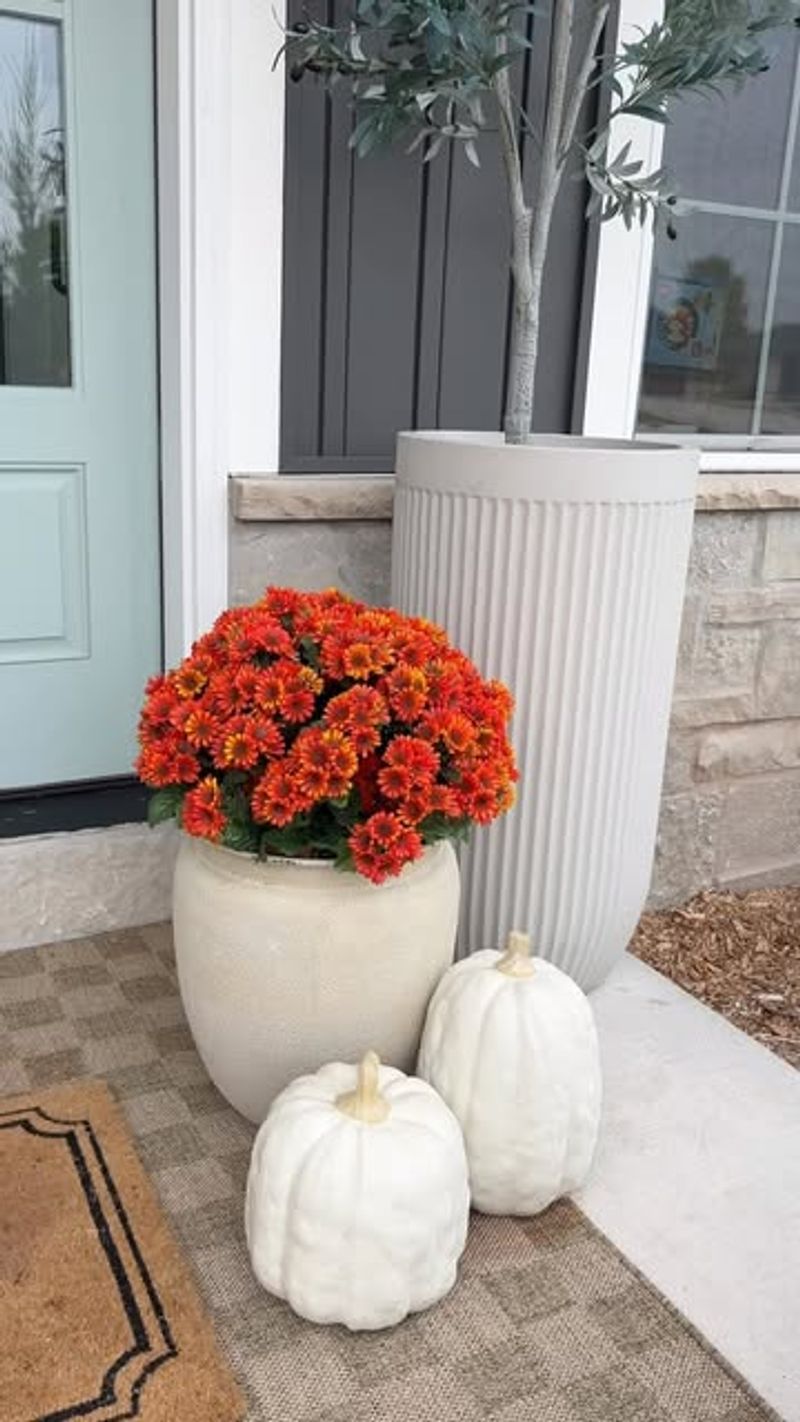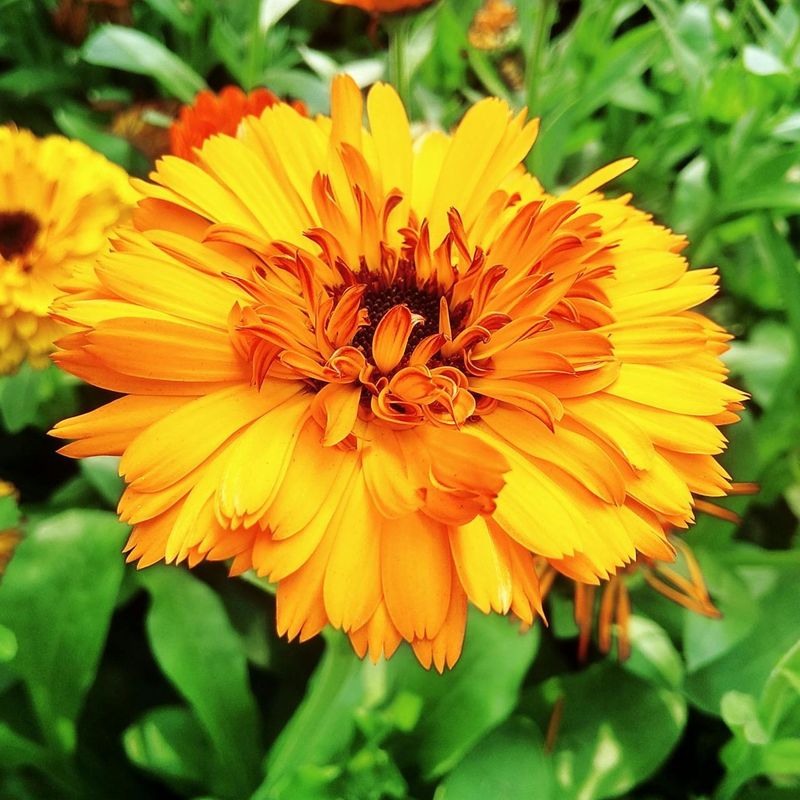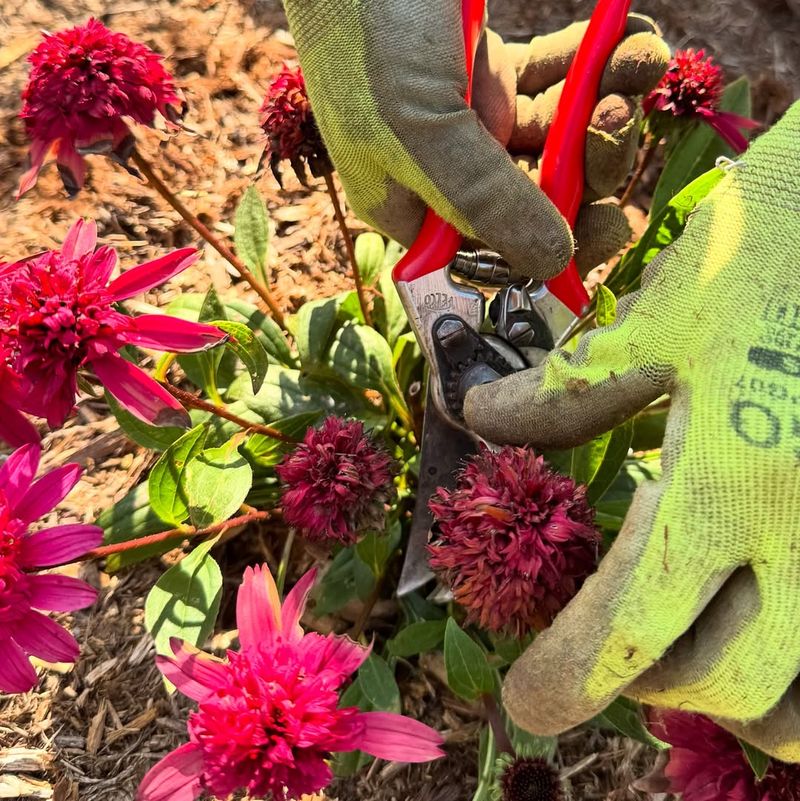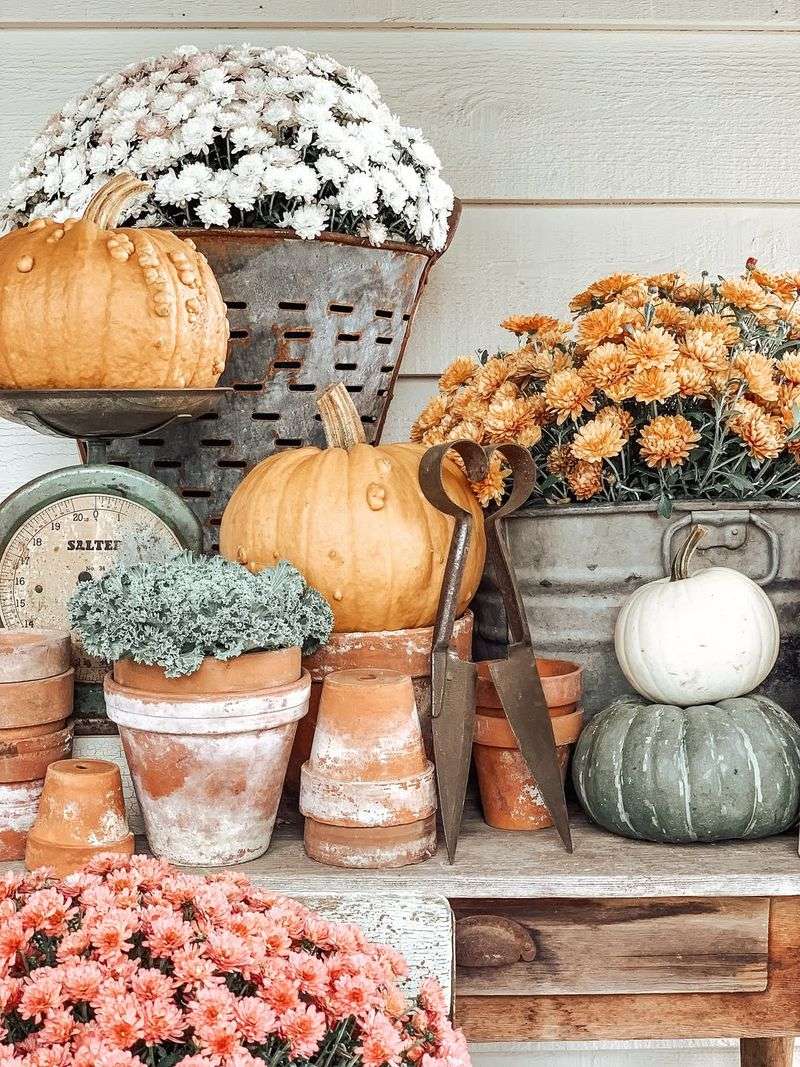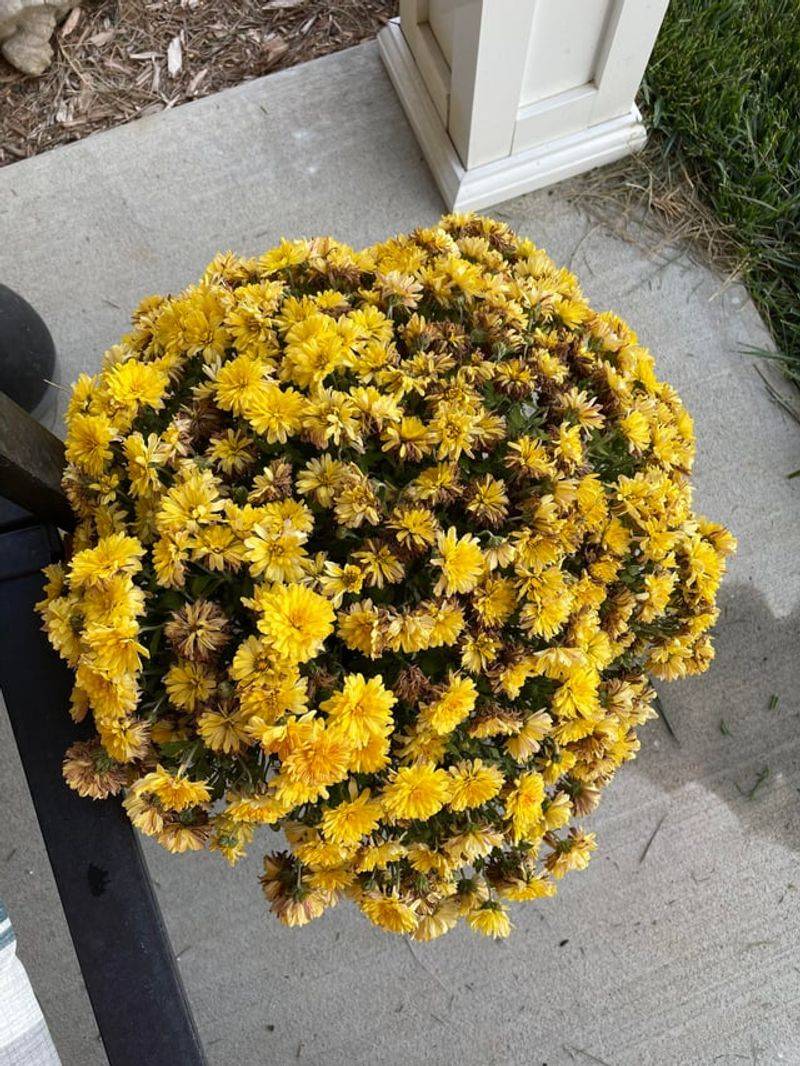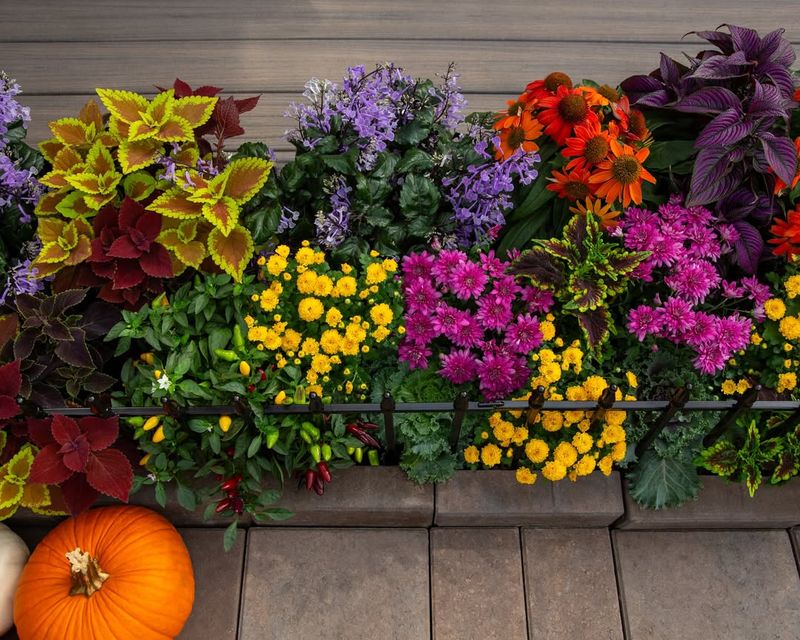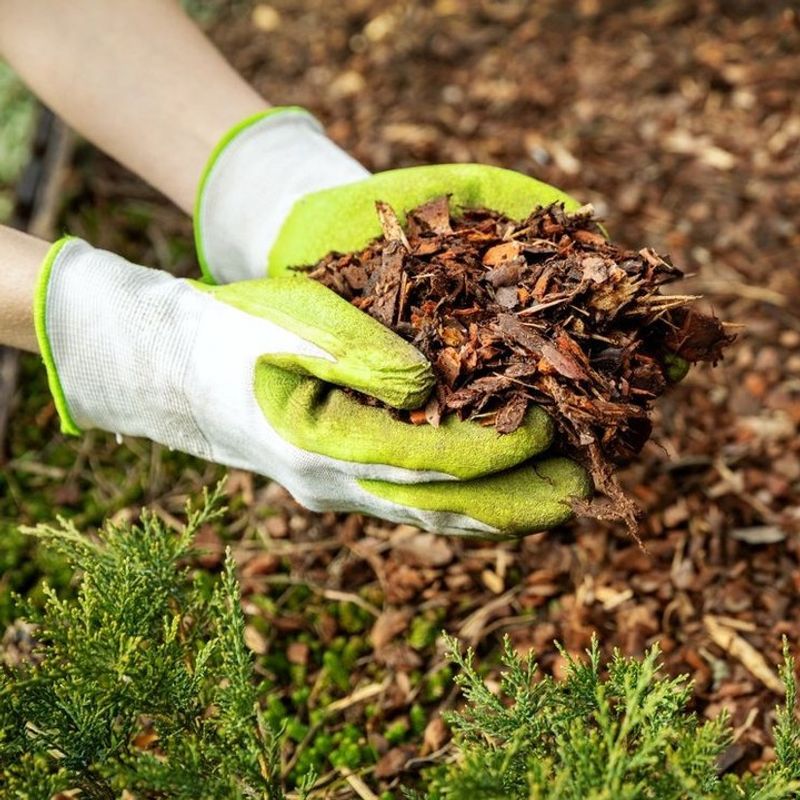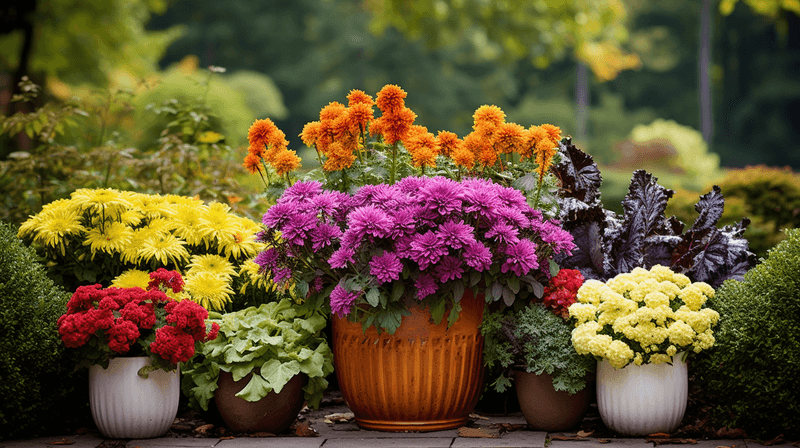Fall in Maryland means crisp mornings, football weekends, and porches covered in colorful mums. These hardy plants have become a seasonal staple across the state, brightening doorsteps from Baltimore to the Eastern Shore.
But bringing home a fresh mum from the nursery is just the beginning—what you do in those first few days can make all the difference in how long they last and how healthy they stay through autumn.
1. Water Deeply Right After You Get Home
Nursery pots dry out faster than you’d think, especially after sitting outside in Maryland’s September sun. As soon as you unload your mums, give them a good, thorough soak until water drains from the bottom.
This helps the roots recover from any stress during transport and ensures the soil is evenly moist. For me, giving mums a few days to adjust before repotting makes all the difference.
Check the soil daily during the first week—fall temperatures can be unpredictable here, and even cooler days don’t always mean less evaporation.
2. Inspect For Pests And Disease Before Placing Near Other Plants
Bringing home a new plant means bringing home whatever hitchhikers might be hiding in the foliage. Before you set your mums next to other porch plants, take a close look at the undersides of leaves and around the stems.
Aphids, spider mites, and powdery mildew can spread quickly in Maryland’s humid fall weather. If you spot anything suspicious, isolate the plant and treat it right away with insecticidal soap or neem oil.
A quick inspection now saves you from dealing with a bigger problem later.
3. Deadhead Spent Blooms To Encourage More Flowers
Removing faded or browning blooms isn’t just about looks—it actually helps your mums put energy into producing new flowers instead of forming seeds. In my experience, Maryland’s cool nights help them settle in faster, and deadheading keeps that momentum going.
Use your fingers or small pruning shears to snip off wilted flowers just above the next set of leaves. Do this every few days throughout the season.
You’ll be surprised how much longer your mums stay full and colorful with just a little regular grooming.
4. Choose The Right Spot Based On Sun And Wind Exposure
Placement matters more than most people realize. Mums need at least four to six hours of sunlight daily to bloom their best, but too much afternoon sun can stress them out, especially during warmer fall days we sometimes get in Maryland.
Look for a spot that gets morning light and some afternoon shade. Also consider wind—strong gusts can dry out the soil quickly and damage delicate blooms.
A sheltered corner of your porch or near a wall works perfectly for keeping them protected and thriving.
5. Repot Into A Larger Container If You Plan To Keep Them Long-Term
Most mums come in small plastic nursery pots that don’t give roots much room to grow. If you want your plants to last beyond a few weeks, consider moving them into a larger container with good drainage.
Use a quality potting mix that holds moisture but doesn’t get waterlogged. Maryland’s fluctuating fall temperatures can stress root-bound plants, so giving them extra space helps them stay healthier longer.
Wait a few days after bringing them home so they can adjust before you disturb the roots.
6. Fertilize Lightly To Support Ongoing Blooms
While mums are bred to bloom heavily in fall, they still benefit from a light feeding, especially if you’re keeping them in containers. A balanced liquid fertilizer diluted to half strength works well and won’t overwhelm the plant.
Apply it once every two weeks during the blooming period. Avoid high-nitrogen formulas, which encourage leafy growth instead of flowers.
In Maryland’s cooler fall climate, a gentle boost helps maintain color and vigor without pushing the plant too hard as temperatures drop.
7. Mulch Around The Base If Planting In The Ground
If you’re planting your mums directly in the garden rather than keeping them in pots, a layer of mulch around the base helps regulate soil temperature and retain moisture. Use shredded bark, compost, or straw—whatever you have on hand.
Spread it about two inches thick, keeping it away from the stems to prevent rot. Maryland’s fall weather can swing from warm to chilly quickly, and mulch acts as insulation for the roots.
This simple step also helps suppress weeds and keeps the planting area looking tidy.
8. Prepare For Frost By Covering Or Moving Indoors On Cold Nights
Maryland’s first frost usually arrives in late October or early November, and mums are sensitive to sudden temperature drops. Keep an eye on the forecast, and when frost is predicted, move potted mums closer to the house or cover them with a light blanket or frost cloth.
This buys you extra weeks of color and keeps blooms from turning brown overnight. In-ground plants benefit from covering too, especially if they’re newly planted.
A little preparation goes a long way in extending your mum season well into fall.

